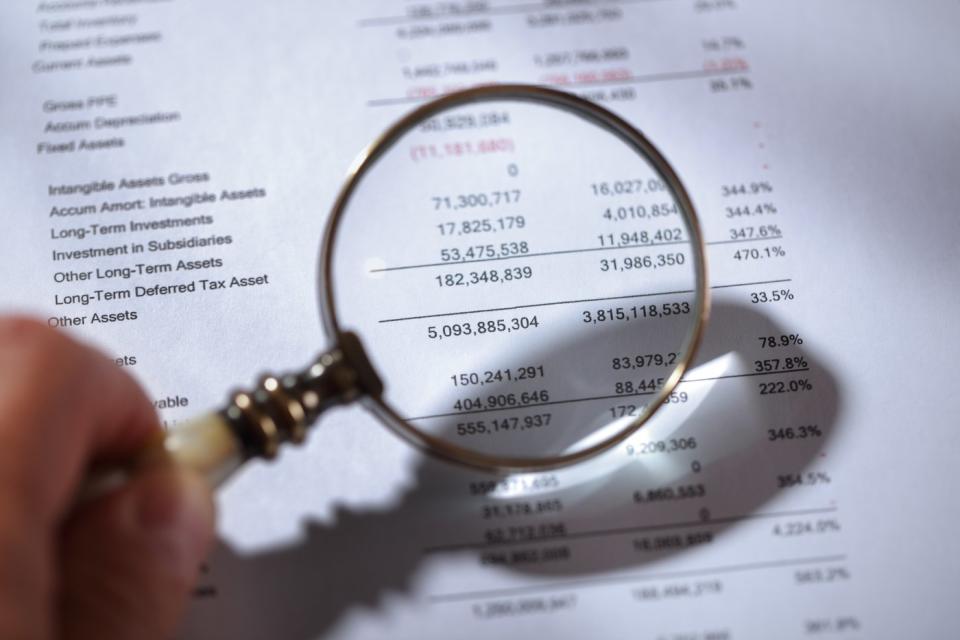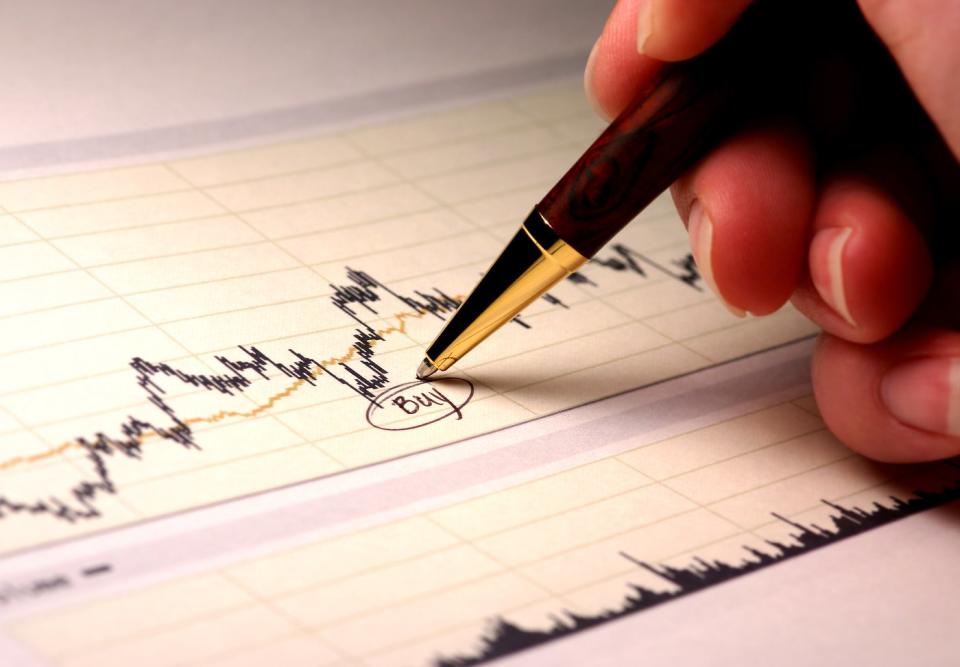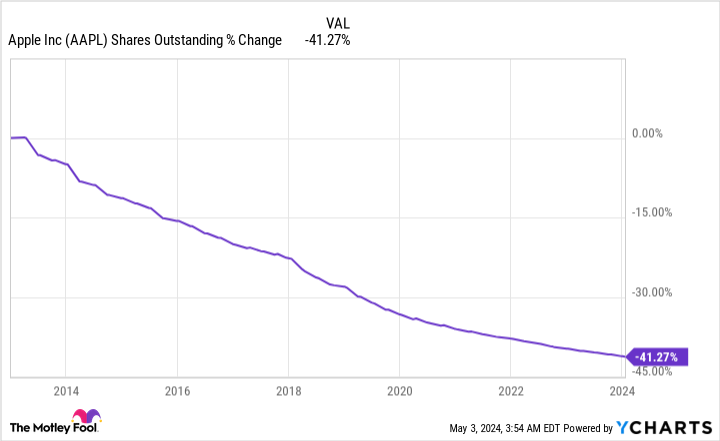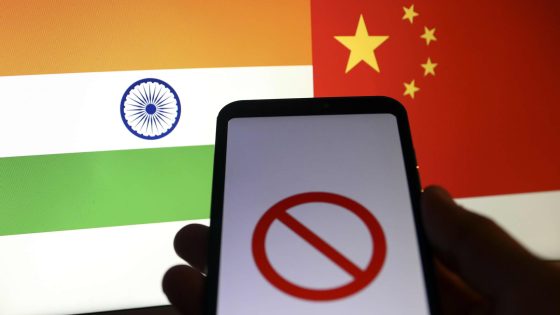Though there are thousands of publicly traded companies for investors to choose from, few have the ability to be portfolio game-changers. Tech stock Apple (NASDAQ: AAPL) has been one of a select group of businesses that’s left an indelible mark for investors.
Since the page turned to the 21st century, shares of Apple have gained closed to 18,800% — and that’s not including the company’s dividend, which has more-than-doubled in size since being reinstated in the summer of 2012.
Apple’s phenomenal gains have come on the heels of cutting-edge innovation, and have been fueled over the past 11-1/2 years by a truly jaw-dropping “investment.”

Apple CEO Tim Cook has given the green light to innovate
If there’s one thing Tim Cook has shown since succeeding Steve Jobs as Apple’s CEO in August 2011, it’s a willingness to spend for the future. In order for companies to grow, they have to be willing to reinvest in themselves and create new products and services that captivate their consumers. Apple’s history of research and development (R&D) spending demonstrates Cook’s desire to see his company grow.
Since the start of fiscal 2013 (Apple’s fiscal year begins in late September or early October), Apple’s R&D spending has grown with each passing year:
Apple’s fiscal 2024 R&D spending is on pace to top $31 billion.
The company’s premier innovation has always been iPhone. Through the first six months of the current fiscal year, iPhone accounted for 55% ($115.7 billion) of Apple’s $210.3 billion in net sales. With iPhone dominating domestically — it holds a greater than 50% share of the U.S. smartphone market — Apple has every incentive to continually refresh and better its key product to keep buyers loyal to its brand.
Apple has also shown a willingness to try new things. Last June, the company unveiled its augmented reality headset (which it refers to as its first “spatial computer”), known as the Vision Pro. Vision Pro preorders began in mid-January, with the company widely anticipated to sell in the neighborhood of 400,000 of these AR devices this year. The jury is still out on whether or not Vision Pro will join iPhone, Mac, iPad, and Apple Watch as a success.
However, Apple’s innovation pushes well past the physical realm. CEO Tim Cook is overseeing a multiyear transition that’s focused Apple on subscription services. While it’s not abandoning the physical products, like iPhone, that helped it garner such a loyal following of customers, it’s undertaking a natural evolution that’ll further enhance its ecosystem of products and services.
I’ll also add that as subscriptions become a larger percentage of Apple’s net sales, revenue gyrations that often accompany iPhone upgrade cycles should become less pronounced.


Apple has put $674 billion to work in a unique way for its shareholders
Collectively, Apple has spent about $183.1 billion on R&D since fiscal 2013 began. However, its commitment to R&D is dwarfed by another “investment” that no other public company has come close to matching.
Apple’s capital-return program is truly on another level. In addition to paying out north of $15.4 billion in annual dividends to its shareholders — Apple’s board increased its distribution by $0.01 per share in the latest quarter to $0.25/share — Apple has repurchased its own stock at a rate that’s nothing short of breathtaking. In less than 12 years, it’s bought back $674.09 billion worth of its common shares.
To put this figure into perspective, only eight of the 500 companies represented in the broad-based S&P 500 have a market cap larger than $674 billion… and Apple is one of them. In theory, Apple could have purchased almost any S&P 500 company with the cash it’s used to buy back its own stock over the last 11-1/2 years.
Although buybacks haven’t grown in consecutive years like it’s R&D expenses, Apple has spent considerably more repurchasing its stock in recent years than it did when it initiated its buyback program in 2013.
Apple is pacing close to $87 billion in share repurchases in the current fiscal year, and its board just authorized an additional $110 billion for future buybacks.
This market-leading buyback program is a core reason why Apple is the top holding in Berkshire Hathaway‘s $375 billion investment portfolio. Berkshire CEO Warren Buffett recognizes the value of owning incrementally larger stakes in top-tier businesses when their outstanding shares are steadily retired through buybacks.
The other prime advantage of share repurchase activity is that it can increase earnings per share (EPS). For companies with steady or growing net income, a steadily declining outstanding share count can have a positive impact on EPS. In other words, it can make a publicly traded company more fundamentally attractive to investors.
Since introducing its repurchase program in 2013, Apple has reduced its outstanding share count by more than 41%.
Shareholders should certainly be thankful for Apple’s aggressive buyback program, because its growth engine has stalled over the past year. Even though sales have declined by less than 1% through the first six months of the current fiscal year, EPS has jumped by nearly 9%. About a third of this increase is directly tied to the company’s reduced outstanding share count.
Until iPhone sales pick up, look for Apple to continue to lean on buybacks as a way to increase EPS and bolster its stock.
Should you invest $1,000 in Apple right now?
Before you buy stock in Apple, consider this:
The Motley Fool Stock Advisor analyst team just identified what they believe are the 10 best stocks for investors to buy now… and Apple wasn’t one of them. The 10 stocks that made the cut could produce monster returns in the coming years.
Consider when Nvidia made this list on April 15, 2005… if you invested $1,000 at the time of our recommendation, you’d have $544,015!*
Stock Advisor provides investors with an easy-to-follow blueprint for success, including guidance on building a portfolio, regular updates from analysts, and two new stock picks each month. The Stock Advisor service has more than quadrupled the return of S&P 500 since 2002*.
*Stock Advisor returns as of May 6, 2024
Sean Williams has no position in any of the stocks mentioned. The Motley Fool has positions in and recommends Apple and Berkshire Hathaway. The Motley Fool has a disclosure policy.
Apple Has Spent $183 Billion on R&D in Less Than 12 Years — but It’s the $674 Billion Apportioned to This “Investment” That’s Turning Heads was originally published by The Motley Fool
Source Agencies



